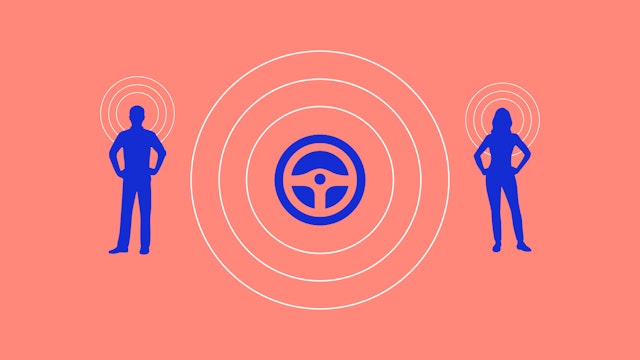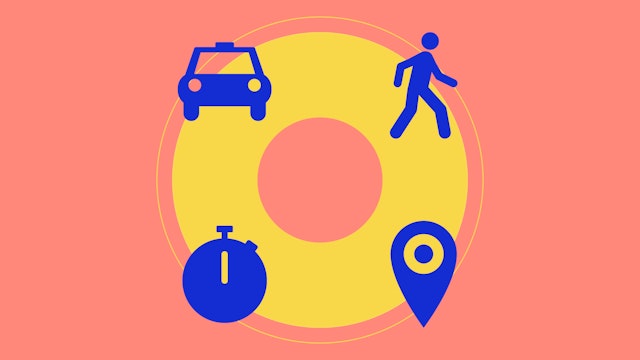Electric Car Sound Design
Commentary — May 17, 2021Yuri Suzuki and team have been researching and developing ideas around car sound and safety.
Car design has progressed rapidly over the past couple of decades with huge strides made in safety, efficiency and durability. Despite all of this progress, the area of sound and car design is not an area that’s been given much focus.
Yuri and team recognised that sound plays a huge role in both the user’s experience of driving and the safety of other road users, pedestrians and people.
Where we are now + problems
Recent breakthroughs in car design have been focussed on efficiency, safety, lower emissions and economic design.
Our focus is on sound and the crucial role it has on the user’s safety, enjoyability, communication, reliability and brand recognition.
New electric vehicles are practically silent – this opens up a huge potential for revisiting the importance of car sound, both externally and internally (for drivers, passengers and pedestrians alike).
The main sonic problems faced with electric vehicles is their lower noise output and the lack of a warning sound from approaching vehicles for pedestrians and cyclists. This is even more of an issue for blind and partially-sighted people for whom hearing plays a crucial part of staying safe.

Legislation + Safety
From 1 July 2019, manufacturers must fit acoustic sound systems to new types of quiet electric vehicles to prevent them being too silent, improving safety.
Vehicles will now have systems to produce a sound when
they are reversing or driving below 20 kilometres per hour (km/h, about 12mph) providing greater levels of confidence for vulnerable road and pavement users.
Research shows electric cars are about 40% more likely to hit a pedestrian than a conventional vehicle.
One study suggests that 93% of blind and partially sighted people have had problems with electric vehicles.
Psychological effects
Carefully chosen car sound design can greatly improve the user experience for the driver and the passengers.
By using sounds that alert us, but aren’t annoying or harsh, we can make sure that the user’s wellbeing is the priority, improving their mood and concentration while they are driving.
Modern cars are much more adaptive and responsive, and this allows us to use sound in a way that flexes with the driver and their usage.
Touch-points of research
01. Engine sounds—introducing new engine sounds that are better for sound pollution and have a different, more relaxing tone when driving
02. User Profiles—specific profile to user driving and adaptive to their type of journey i.e. more of a leisure drive vs. errands. This also covers specific sounds for individuals who are hearing impaired or have different frequency responses.
03. Time of day—dependant alerts, warnings, information. Flexing from soothing to alerting.
04. Location—using GPS/SatNav location, sounds can be tailored e.g. commuting, visiting family, returning home etc.

Engine sounds
We have designed two different engine sounds:
A) Skeuomorphic design engine that sounds similar to old engines types. For the user who enjoys the audio feedback of more traditional engine sounds.
B) Multi sine wave engine that is based purely for safety and sound recognition. The rising pitch of the sine waves gives a clear signal of speed increasing and decreasing for both the driver and other road users. The frequency is higher than that of a traditional sounding ending, which allows for clearer hearing.
Engine sounds—Speed curves
We propose that by using different types of curves, we can tailor different responses between the sound and acceleration for the driver.
Adaptive car sounds—User
From our studies, we realise that each user requires a different drive, experience and relationship with their car. By tailoring the experience on a per user basis, we can customise the sonic design for each user.
This approach allows for a tailored driving experience, with alerts being customisable and changeable for each user.
Adaptive car sounds—Time
Another adaptive approach to car sound design is time. By using different times of day, schedules and calendars we can adapt the sounds to fit the activity that the user is doing.
This helps to create a sense of routine, structure and adaptiveness for the user.
Adaptive car sounds— Location
Location can say a lot about the user’s journey. By identifying the journey the user is making, we can tailor the sounds to match this, creating an immersive and adaptive experience.
User Journey A
User Journey B
Partner: Yuri Suzuki
Project team: Maxwell Sterling, Jake Richardson
Consultancy and advice by Matt Croft
For more information about the project or for future enquires, please contact Team Yuri Suzuki at teamsuzuki@pentagram.com.